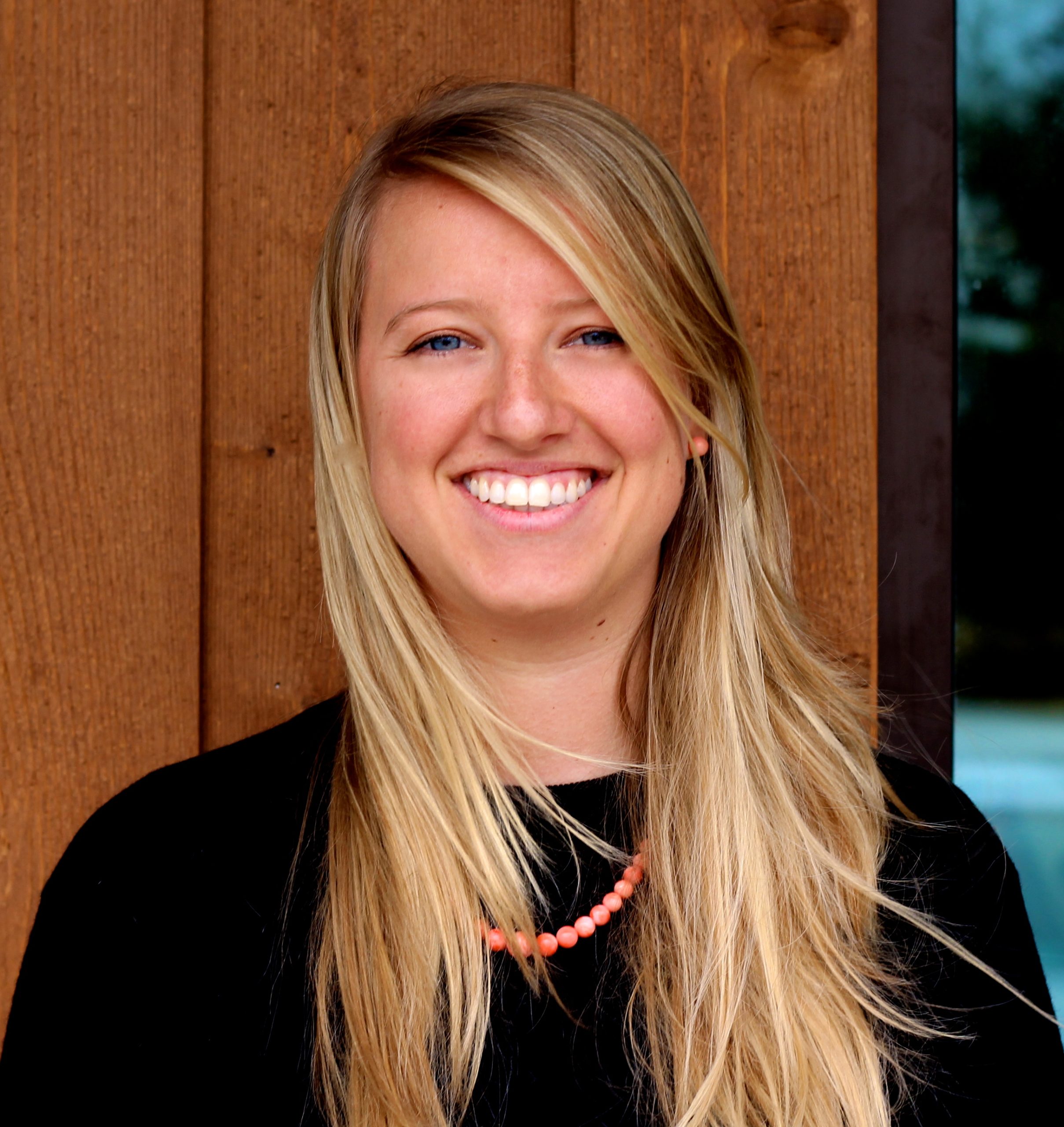Air quality matters a lot to David Hoffman, and here’s why: Hoffman grew up in Salt Lake City—one of the most polluted cities in the United States. On some days, a brownish-gray fog descended over Hoffman’s neighborhood. At times the haze was so thick that he couldn’t see all the way down his block.
“Poor air quality can cause serious health problems,” says Hoffman, who is now working to address the problem. The rate of asthma, for example, is significantly elevated in places like Salt Lake. “I know a lot of people with health complications that are exacerbated, or possibly directly caused by dangerously dirty air,” he says. In fact, Hoffman’s sister was diagnosed with Hodgkin’s Lymphoma, which has been linked to some of the pollutants commonly found in the air around Salt Lake City.
Air in Utah
The Wasatch Front faces some of the worst air quality problems in the country. The combined weather patterns and unique geography of surrounding mountains creates a bowl effect where dense particulates sink to the bottom and are trapped close to ground level. This dirty outcome is due to inversions, which are created when warm high-pressure systems trap cold air in the mountain valleys and act like a lid to keep it there. Inversions can last from a few days to a few weeks and can occur several times throughout the winter season.
Regulations, however, are inherently slow. This lag time allows an entrepreneur like Hoffman to seize market opportunities that provide “do-it-yourself” alternatives to regulation.
Emissions from urban activities—mostly driving—build up during inversions and can cause health problems. It is no surprise that exposure to particulate matter can lead to cardiovascular damage for individuals whose health is already at risk. This is especially true for children and the elderly. Air pollution affects everyone to a certain degree, irritating the eyes, nose, and lungs, and can lead to asthma, emphysema, and chronic bronchitis.
Utah’s Department of Environmental Quality has created a multi-year plan to monitor air quality and impose new regulations. Regulations, however, are inherently slow. This lag time allows an entrepreneur like Hoffman to seize market opportunities that provide “do-it-yourself” alternatives to regulation.
Finding the Problem
As a PhD student in chemical engineering at Montana State University and a researcher for NASA, Hoffman began to explore air pollution in greater depth. At NASA, he helped design and build optical components for a new system to observe particulate matter in the atmosphere. The system uses a remote sensing technology known as LIDAR to measure distance by illuminating the target with a laser and analyzing reflected light.
He found that the health implications of air pollution and particulate matter are highly dependent on the type and concentration of the pollutants, making the study and monitoring of these pollutants especially important. From his experience designing and building LIDAR systems, Hoffman discovered a possible low-cost way to monitor air quality—one that could even attach to your smartphone.
Creating the Solution
Hoffman proposes a network of inexpensive, LED-based solar radiometers—sensors that measure electromagnetic radiation—to map air quality over a given geographic area. The sensors would be user-friendly smartphone accessories as well as standalone stationary units. These would provide a map of air quality that could aid businesses for compliance purposes or help concerned citizens monitor the quality of the air they breathe. Data from the network of sensors accessed from a smartphone app would allow people to make informed decisions in their daily lives based on knowledge of local air quality.
Data from the network of sensors accessed from a smartphone app would allow people to make informed decisions in their daily lives based on knowledge of local air quality.
According to Hoffman, the solar radiometers he has developed are smaller and more efficient than traditional radiometers. Their portability and low-cost production make them easier to use within networks covering large areas. The radiometers are also based on commercially available LEDs driven by a simple analog electronic circuit.
Each sensor operates on the basis of a multi-wavelength solar radiometer, which means particulate matter is measured using different colored LED light sensors on direct sunlight. This allows the sensors to trace different types of particulate matter and certain gases between the sun and the radiometer.
In short, following basic spectroscopy principles, particles or aerosol gas molecules block the light at certain wavelengths. Each type of pollutant leaves an imprint on the measuring device that will act as a signature for that kind of particle or molecule. This is actually quite simple, according to Hoffman, and has already been used to study and map aerosols around the world.
Once the radiometer has been calibrated, data collected can be used to calculate atmospheric properties and used to make public health assessments based on the particulate matter present in the atmosphere.
The more complicated part of the process is properly monitoring the radiometers to ensure reliable and accurate data. According to Hoffman, this can be accomplished with a technique that calibrates the data collected at different times of day to eliminate systematic errors. This creates a model showing how the radiometer’s signal differs throughout the day as air masses between it and the sun change.
Once the radiometer has been calibrated, data collected can be used to calculate atmospheric properties such as opacity and particle size distribution. These properties can then be used to make public health assessments based on the particulate matter present in the atmosphere.
In the final step, the information is transferred from the radiometer to a format that can be read on a smartphone. The whole device, based on a prototype built by Hoffman, is about the size of a matchbook.
Challenges
A number of challenges still exist in this early phase of Hoffman’s business. Coming up with the capital to pay for seed-stage funding is a heavy burden for a young chemical engineer. The business of securing patents, lawyers, and funding is crucial for the launch of this product.
With a concept and a prototype under his belt, Hoffman has turned his attention to building his business, Awair Inc. In 2013, he attended PERC’s Enviropreneur Institute to learn more about introducing new ventures to the marketplace. “I learned how to use market forces to solve environmental problems such as a lack of adequate air quality information,” says Hoffman. “The mentoring and network provided by the institute faculty and the other enviropreneurs has proven invaluable in all aspects of my project.”
Hoffman is eager to set up and monitor prototypes with a sample population of interested users for this mobile technology. He hopes that by successfully implementing this device with real subjects he will receive better information about how to maximize user experience and determine any interferences or kinks in the technology. Then he can begin to secure an investment from venture capitalists and bring the product to scale.
Hoffman believes people will respond to his technology because it will provide them with the freedom to make more informed choices about the air they breathe.
Disrupting the status quo
Hoffman believes people will respond to his technology because it will provide them with the freedom to make more informed choices about the air they breathe. As he explains, “I see individuals making decisions daily based on their newfound knowledge of air quality. For example, they may choose to recreate in a location where the air is better rather than risking their health by recreating in a location with dangerously bad air. People may choose to keep their kids indoors if the air at their location becomes dangerously polluted.”
Enviropreneurs like David Hoffman are disrupting the status quo by moving beyond regulatory solutions to address air quality and working to create new technologies that may someday help solve emissions problems.







